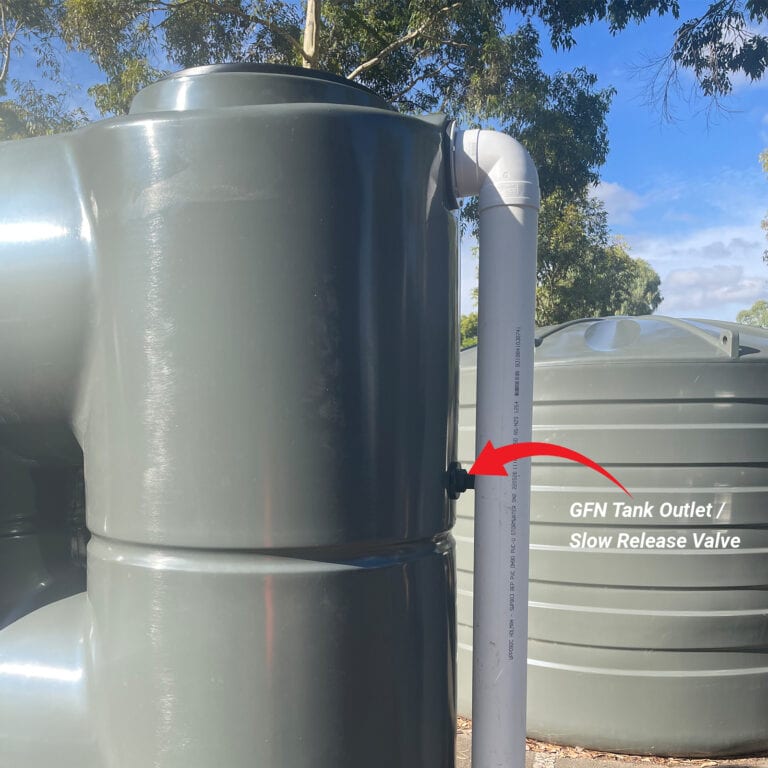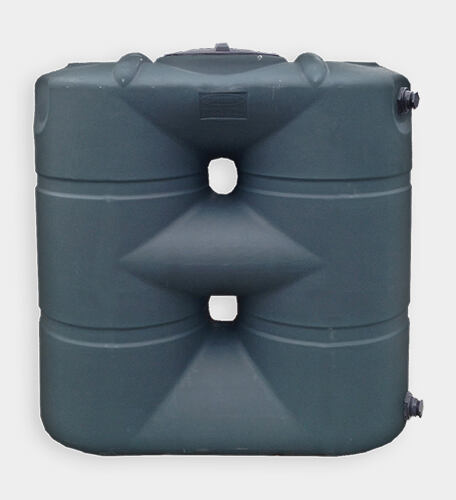Comprehending the Relevance of Rainwater Containers in Drought-Prone Regions for Water Security
In regions vulnerable to extended droughts, the duty of rainwater storage tanks in bolstering water safety and security is a subject of growing relevance. As areas come to grips with the challenges of water deficiency, understanding the relevance of these storage tanks surpasses plain collection of rainwater. Rain storage tanks act as an essential device in mitigating the effect of water lacks by giving a sustainable source of water for numerous needs. Nevertheless, the real value of rainwater tanks expands much beyond simple storage; it incorporates resilience-building measures and the promo of long-term water conservation strategies. This diverse technique to water protection warrants a closer assessment of the duty rain containers play in making sure a reliable supply of water throughout times of drought.
Advantages of Rain Tanks
Using rainwater tanks uses a sustainable service for augmenting water supply and boosting water protection in household and industrial setups. One of the main benefits of rainwater containers is their ability to decrease dependence on mains water supply.

Rainwater Harvesting Strategies
Rainwater collecting techniques encompass a variety of techniques created to effectively accumulate and save rainwater for various objectives, adding to water preservation and sustainability. One common method is the installation of rooftop catchment systems, where rainwater is accumulated from the roofing of a building and routed to a tank. This method is reasonably easy and cost-effective. An additional popular method is the use of above-ground or underground storage tanks to store rainwater for later usage. These containers come in different dimensions and materials to suit different needs and can be connected to the existing plumbing system for very easy gain access to.

Furthermore, rain yards and permeable pavements are innovative methods that entail landscape design or paving surface areas in such a way that enables rain to percolate into the ground, restoring groundwater reserves. Additionally, contour farming and terracing are farming practices that assist catch rain and protect against dirt erosion in uneven surface. By executing these diverse rain harvesting techniques, neighborhoods can boost water safety and security and durability in drought-prone areas while promoting sustainable water monitoring techniques.
Importance of Water Protection
Guaranteeing trustworthy accessibility to tidy and enough water sources is critical for sustaining human health and wellness, financial development, and environmental wellness. Water safety is an important facet of societal strength, especially in regions prone to droughts and water deficiency. Ample water safety and security incorporates various measurements, including availability, top quality, and ease of access of water for domestic, agricultural, industrial, and environmental demands.
Water safety and security plays a crucial duty in advertising public health and wellness by reducing the prevalence of waterborne conditions and ensuring hygiene facilities. Financially, water protection is vital for farming performance, industrial operations, and overall economic development. Slimline water tanks. Water safety is closely linked to environmental sustainability, as it supports communities, biodiversity, and total ecological equilibrium.
In drought-prone areas, water safety and security comes to be even more vital review because of the enhanced threat of water shortages. Carrying out methods like rainwater harvesting, water recycling, and reliable water management practices can considerably enhance water safety in these areas. By focusing on water security, areas can better withstand the impacts of environment modification, population development, and various other difficulties that intimidate water accessibility.
Enhancing Water Durability
With enhancing international water difficulties, developing durability in water supply has become an important emphasis for lasting development initiatives. Enhancing water strength entails executing methods to ensure water schedule and high quality when faced with transforming ecological conditions, such as droughts, floodings, and pollution.
One key aspect of enhancing water durability is advertising making use of rainwater tanks in drought-prone regions - Slimline water tanks. Rain storage tanks act as a reliable means of recording and saving rainwater for later usage, minimizing dependence on scarce freshwater resources during dry periods. By incorporating rainwater harvesting systems right into water management plans, communities can enhance their capacity to hold up against water shortage and maintain water safety and security

Sustainable Water Conservation
In the middle of intensifying water difficulties, the prudent management of water sources with sustainable conservation practices is vital for making certain long-lasting environmental stability and societal health. Lasting water preservation entails the effective usage of water resources to meet existing requirements without jeopardizing the capacity of future generations to satisfy their very own demands. By implementing methods such as rainwater harvesting, greywater recycling, and water-efficient technologies, neighborhoods can minimize water wastage and ease stress on freshwater resources.
Moreover, sustainable water preservation practices contribute to ecosystem wellness by maintaining appropriate water levels in rivers, lakes, and wetlands, supporting biodiversity, and protecting all-natural environments. These techniques additionally play an essential role in minimizing the impacts of climate adjustment by assisting to adjust this post to transforming precipitation patterns and water accessibility.

Conclusion
Finally, rain tanks play a crucial function in improving water safety and durability in drought-prone areas. By utilizing rain harvesting techniques, neighborhoods can lower their dependence on conventional water resources and promote sustainable water preservation techniques. This not only aids reduce the impacts of water scarcity throughout droughts however also adds to long-term water safety and security and strength despite environment modification obstacles.